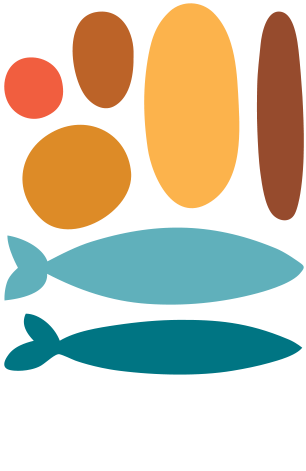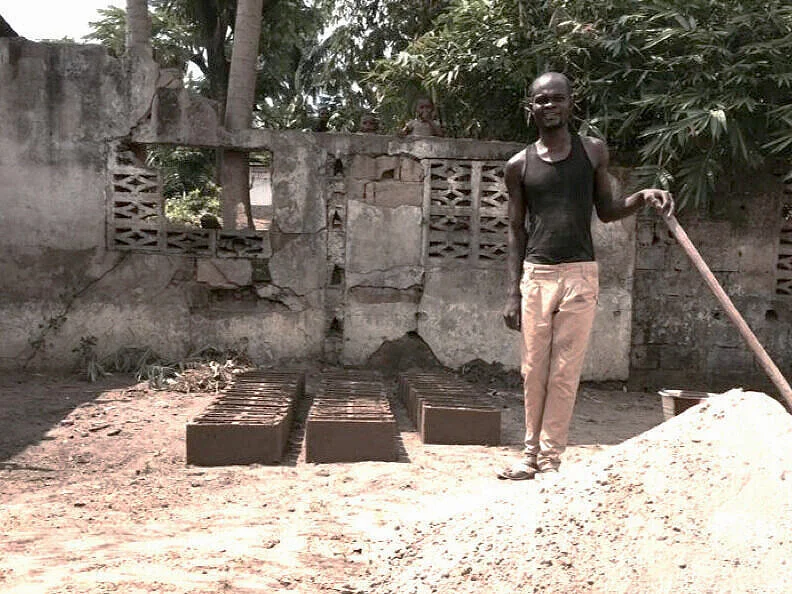Brick by Brick
Brick by brick the future becomes brighter for all…
It was almost 10 years ago that I first heard about a radical new approach to development that prioritizes assets over needs. Often referred to as ABCD (Asset-Based Community-Driven Development), this growing movement is built upon the belief that for effective and sustainable development to take root, the vision and initiative must come from within the vulnerable community itself. Assets therefore are the starting point by which the poor achieve whatever development goals they have.
Beginning the development process with needs is problematic for a couple of reasons. The very process of labeling deficiencies has the effect of dis-empowering and demotivating the poor. More significantly, when we begin with the needs of a community, we assume that meeting these external targets, (E.g. bed nets, schools, water wells) will lead to long term development outcomes. However, if we are not developing people and communities who function in the way God created them to, then reaching these targets will be short lived and futile.
Saying goodbye to a needs-based approach is one thing, but how feasible is it to have as your starting point the assets of the extreme poor? Is that not some kind of oxymoron? Or, are the poor sitting on a pile of assets and spiritual truths that we can help them to discover?
Anti-erosion grass
Over the last decade I’ve visited countless vulnerable communities with this very question in mind. One seminal moment of learning came in 2014. On a trip to D.R. Congo I came upon the Longo Church, a small community of believers situated in a Kinshasa slum. Some members had been trained by our small Congolese team of ABCD facilitators and felt inspired to begin with what they have. When assets are the starting point, “What do you have?” becomes the central and guiding question. The role of the facilitation team in Congo is therefore to ask this question, and then simply hold up the metaphorical mirror to reflect back the truth of God’s love, provision and plan for them.
“When assets are the starting point, “What do you have?” becomes the central and guiding question.”
With little money, the Longo Church focused first on projects that demanded primarily time and labor. Work parties were formed to dig and sculpt the land around the Church in an effort to prevent further erosion. Deep rooted “anti-erosion” plants were dug up from other parts of the city and replanted just below the Church which fortified the ground against further damage.
Buoyed by their success the Church went on to complete further small projects – collecting rainwater, painting the Church and school, as well as other beautification projects.
Cistern for collecting water
Ultimately, with a growing congregation, they decided it was time to take on a larger project and add onto the Church building. It turned out the cost was prohibitive and they weren’t able to rally enough of the congregation to invest in it. They began to pray. Then one day a poor widow from the congregation showed up and gave $200. As a seller of charcoal, she would have had to save literally for years to accumulate that little nest egg. This act of faith emboldened the other believers and the fundraising was soon complete. This was a great success for the community as a whole. For me, it was evidence that there was some merit to this counter intuitive idea of ABCD, setting the wheels in motion for the coming together of Five and Two Network.
This woman motivated others to complete the vision




